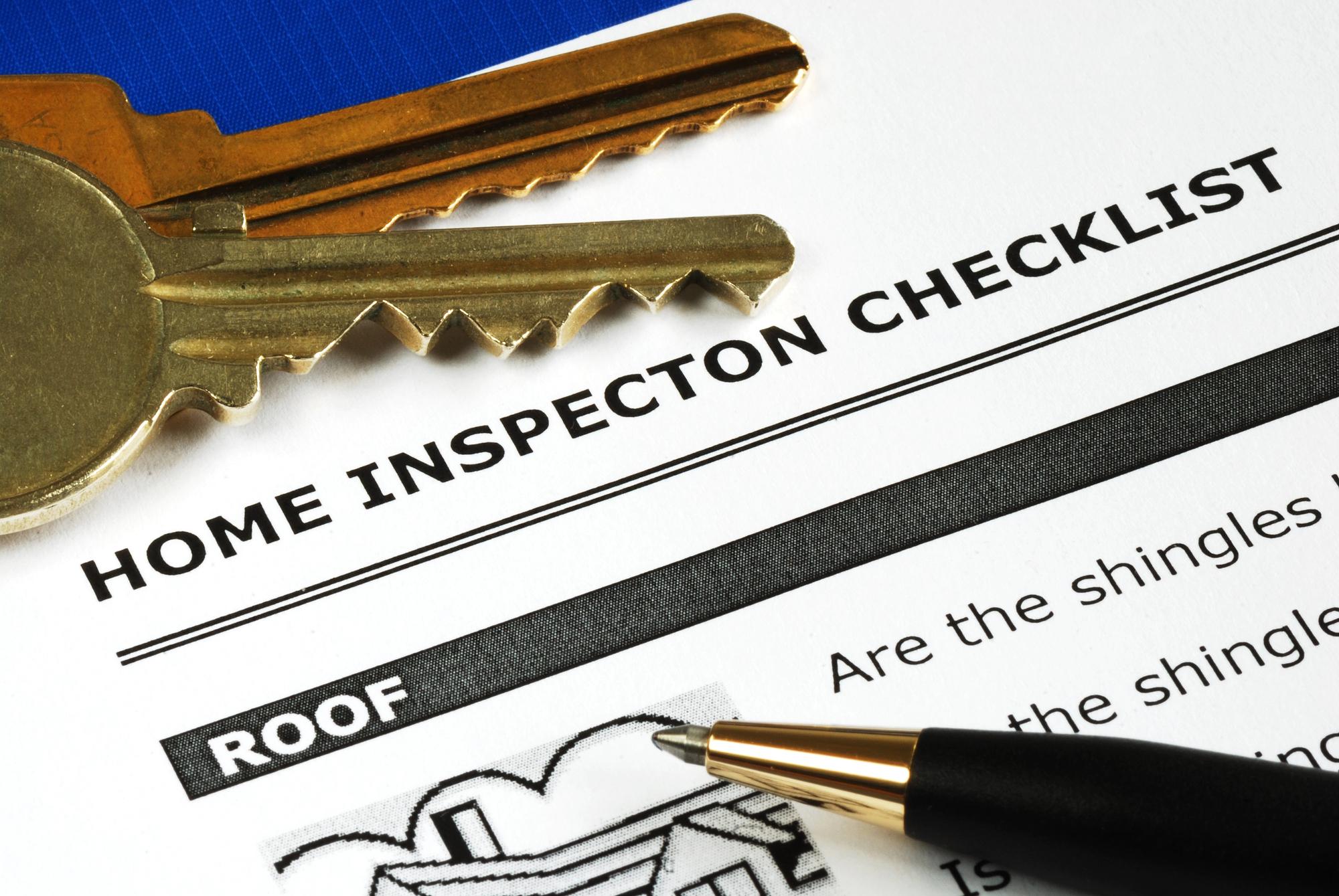Mastering the Inspection Process is the topic of today’s post.
Selling your home is an exciting venture, but it’s also one that requires careful planning and attention to detail. One crucial aspect of the selling process that can significantly impact your success is the home inspection. Not only does it ensure that your home meets safety standards and functionality requirements, but it also plays a significant role in determining your home’s final selling price.
A home inspection is a comprehensive assessment of your property’s condition, conducted by a qualified inspector. It covers various components, ranging from structural integrity and exterior elements to roofing, plumbing, electrical systems, HVAC, interiors, insulation, ventilation, and even fireplaces. Additionally, inspectors evaluate potential hazards like radon, carbon monoxide, asbestos, and termites to ensure your home is safe and secure for its new owners.
Following the American Society of Home Inspectors (ASHI) Standards of Practice, the inspection provides a detailed report covering all necessary areas. It’s highly advisable to arrange your own inspection before listing your home for sale. This proactive approach allows you to identify any areas that require attention and prioritize essential fixes, ultimately streamlining the selling process.
Typically, home inspections take two to three hours, depending on the size and complexity of your home. During this time, the inspector meticulously examines every aspect of your property, noting any issues or concerns that may need to be addressed. While it may seem daunting, especially if you’re not familiar with the process, a thorough inspection provides valuable insight into your home’s condition and helps you make informed decisions moving forward.
Once your home is listed for sale and an offer is made, the buyer’s inspector will conduct their own assessment. While this may seem like a nerve-wracking experience, especially if you’ve already completed your own inspection, it’s an opportunity to demonstrate the care and attention you’ve put into maintaining your home. By addressing any necessary repairs beforehand, you can increase the likelihood of a favorable review and smooth negotiation process.
During the buyer’s inspection, it’s common for the potential buyer to accompany the inspector while you step aside. However, it’s essential to remain reachable by phone in case of any urgent queries or concerns that may arise. After the inspection, the buyer will receive a detailed report highlighting any significant issues or areas of concern.
While not all findings may require immediate action, they could impact the final selling price or lead to negotiations between you and the buyer. It’s essential to carefully review the inspection report and work with your real estate agent to determine the best course of action. In some cases, addressing minor issues or offering concessions may help facilitate a smooth transaction and ensure a positive outcome for both parties involved.
Following the inspection, there may be a follow-up assessment to ensure that any identified issues have been adequately resolved. Successfully passing this follow-up inspection signals to the buyer that you’ve taken their concerns seriously and are committed to ensuring a seamless transition.
In conclusion, navigating the home inspection process is a crucial step in maximizing the selling of your home. By taking a proactive approach, addressing any necessary repairs, and maintaining open communication with both your real estate agent and the buyer, you can ensure a smooth and successful selling experience. Remember, a well-maintained home not only enhances its value but also instills confidence in potential buyers, making it more likely to sell quickly and at a favorable price. So, get ready to unlock the full potential of your home and embark on a stress-free selling journey!
